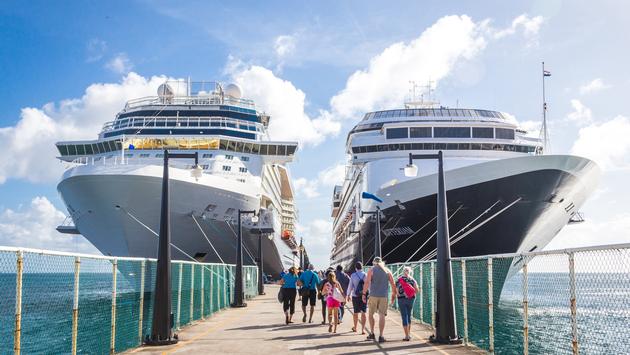CDC Releases Next Phase of Its Conditional Sail Order for Cruise Industry

The U.S. Centers for Disease Control and Prevention (CDC) let slip more news today, this time announcing its issuance of the next phase of technical guidance for the cruise industry under its Framework for Conditional Sailing Order.
This represents the second phase of the Conditional Sailing Order (CSO), which was introduced at the end of October 2020 to replace the CDC’s previous No-Sail Order, which had been in force for the better part of eight months amid the pandemic.
This second, newly-released set of parameters requires cruise lines to establish agreements with the ports where they intend on operating, reduce the risk of introducing the COVID-19 virus to passengers and crew by installing protocols for the routine testing of staff members and make plans to incorporate vaccination strategies into their service operations.
This second phase of the CSO provides technical instructions for:
—Increasing the reporting frequency of COVID-19 cases and illnesses from weekly to daily.
—Updating criteria for the color-coding system, which is used to classify ships’ status with respect to COVID-19.
— Implementing routine testing of all crew, based on each ship’s color status.
—Shortening the length of time required for a “red” ship to become “green” from 28 to 14 days, based on the availability of onboard testing, routine screening testing protocols and daily reporting.
—Creating planning materials for agreements with port and local health authorities (which they must approve) to ensure cruise lines have the necessary infrastructure in place to manage a COVID-19 outbreak aboard their ships, including the necessary healthcare capacity and housing to isolate infected persons and quarantine those with exposure.
—Establishing a plan and timeline for the vaccination of crew and port personnel.
The CDC disclosed that the next phase of the CSO will include simulated voyages, populated by volunteer “passengers” and designed to train ships’ crews and port personnel on new COVID-19 operating procedures prior to conducting real-world sailings.
In its statement, the CDC said that it’s “committed to working with the cruise industry and seaport partners to resume cruising when it is safe to do so, following the phased approach outlined in the CSO.”
Although COVID-19 vaccination in itself has become a controversial topic among the American public, the CDC wrote without equivocation: “COVID-19 vaccination efforts will be critical in the safe resumption of passenger operations. As more people are fully vaccinated, the phased approach allows CDC to incorporate these advancements into planning for resumption of cruise ship travel when it is safe to do so. CDC recommends that all eligible port personnel and travelers (passengers and crew) get a COVID-19 vaccine when one is available to them.”
While the path toward a return to cruising has so far felt slow and painful, the CDC is taking no chances, especially given the newly emerged and concerning COVID-19 variants around the globe. The agency said that, while the very nature of cruising means there’s always some risk of viral transmission, cruise companies can ensure that they’re best protecting crew members, passengers and port personnel by conducting their operations in accordance with the phased CSO guidelines.
The CDC also promised to continually review and update its guidance and recommendations based on the best scientific evidence available at the time, as the pandemic continues to evolve and experts gain further insight into managing the virus.
